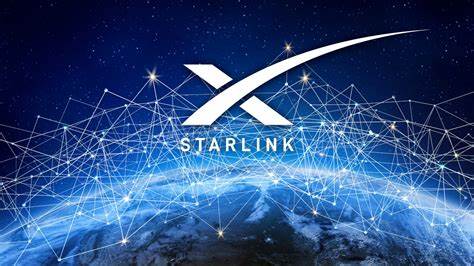Part 2 of 2 Parts (Please read Part 1 first)
The Sun constantly sends out a stream of charged particles referred to as the solar wind. This stream of particles varies in density, speed and temperature. Sometimes the Sun will also send out a cloud of plasma in what is referred to as a “coronal mass ejection.” Sometimes it also generates solar flares. All of the material sent out from the Sun travels away on the solar wind.
During times when the Sun is more active, those ejections of plasma clouds occur frequently. If they impact the Earth, the results can vary from an intense auroral display all the way to damaging satellites and blacking out power grids on the surface of the Earth. The loss of the Starlink satellites was caused by particularly extreme space weather.
Currently, the Sun’s activity is increasing as it heads into a period called the “solar maximum” which occurs about every eleven years. This means that we can expect more intense auroral displays as well as CMEs and flares. Strong solar outbursts threaten our technology both in orbit. Obviously, communication satellites and other types of satellites are in great danger. The astronauts on the International Space Station are also threatened.
However, the threats are not just to objects in orbits. Earth-based power grids, communication lines and other technologies are also at risk. When a geomagnetic storm hits, huge circulating electrical currents between Earth and space are established. These are referred to as “geomagnetically induced currents”. At the very least, these currents can short out power lines and electrical grids. When those go down, so do the telephones systems, the internet and other crucial services dependent on electricity. The average person would immediately experience a power outage in their home at the very least. However, airlines, banks, and other major systems would be out of service until power and communications coule be restored. Currently, there is a great need to strengthen out technology against solar storms.
The loss of the Starlink satellites wound up costing the company millions of dollars. The company chose to launch even though the space weather observers warned them about the possible effects of a geomagnetic storm. For years, solar physicists have been warning the space industry about the negative effects of space weather. Most satellite companies pay close attention to reports from such places as the Space Weather Prediction Center. If they get warnings ahead of time, they can take measures to protect their equipment. Astronauts on the ISS can take shelter in special shielded compartments until the storm passes. Power companies and others can follow forecasts of such storms so they can take whatever action is needed if a strong solar event occurs.
Solar physicists continue to study these solar outbursts in the hopes of developing a foolproof prediction system. At the moment, when material erupts from the Sun, we get notifications from a fleet of solar satellites. Those give us from minutes to hours of warning to prepare for the worst. NASA and other agencies continue to improve solar studies and prediction methods so that companies launching satellites to low-Earth orbit can take steps to protect their investments.
